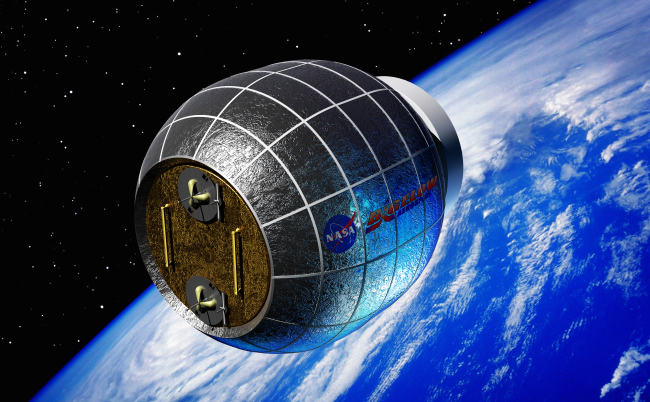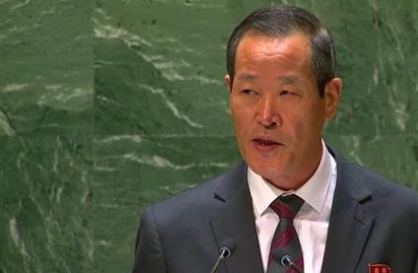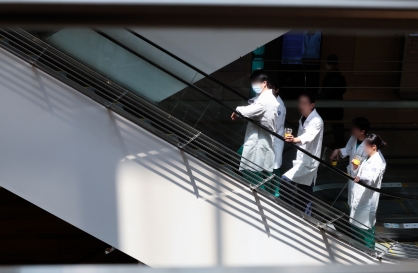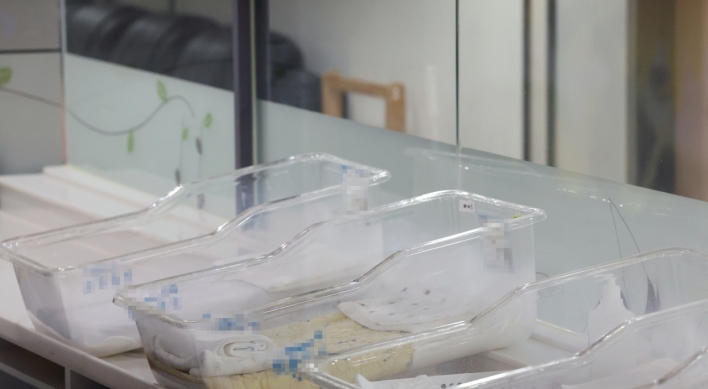CAPE CANAVERAL, Florida (AP) ― NASA is teaming up with the European Space Agency to get astronauts beyond Earth’s orbit.
Europe will provide the propulsion and power compartment for NASA’s new Orion crew capsule, officials said Wednesday. This so-called service module will be based on Europe’s supply ship used for the International Space Station.
Orion’s first trip is an unmanned mission in 2017. Any extra European parts will be incorporated in the first manned mission of Orion in 2021.
NASA’s human exploration chief, Bill Gerstenmaier, said both missions will be aimed at the vicinity of the moon. The exact details are being worked out; lunar fly-bys, rather than landings, are planned.
Europe will provide the propulsion and power compartment for NASA’s new Orion crew capsule, officials said Wednesday. This so-called service module will be based on Europe’s supply ship used for the International Space Station.
Orion’s first trip is an unmanned mission in 2017. Any extra European parts will be incorporated in the first manned mission of Orion in 2021.
NASA’s human exploration chief, Bill Gerstenmaier, said both missions will be aimed at the vicinity of the moon. The exact details are being worked out; lunar fly-bys, rather than landings, are planned.

NASA wants to ultimately use the bell-shaped Orion spacecraft to carry astronauts to asteroids and Mars. International cooperation will be crucial for such endeavors, Gerstenmaier told reporters.
The U.S. has yet to establish a clear path forward for astronauts, years after NASA’s space shuttles stopped flying. The basic requirements for Orion spacecraft are well understood regardless of the destination, allowing work to proceed, Gerstenmaier said.
“You don’t design a car to just go to the grocery store,” he told reporters.
Getting to 2017 will be challenging, officials for both space programs acknowledged. Gerstenmaier said he’s not “100 percent comfortable” putting Europe in such a crucial role. “But I’m never 100 percent comfortable” with spaceflight, he noted. “We’ll see how it goes, but we’ve done it smartly.”
The space station helped build the foundation for this new effort, he said.
Former astronaut Thomas Reiter, Europe’s director of human spaceflight, said it makes sense for the initial Orion crew to include Europeans. For now, though, the focus is on the technical aspects, he said. NASA will supply no-longer-used space shuttle engines for use on the service modules.
Reiter put the total European contribution at nearly $600 million.
Orion originally was part of NASA’s Constellation program that envisioned moon bases in the post-shuttle era. President Barack Obama canceled Constellation, but Orion was repurposed and survived.
A test flight of the capsule is planned for next year; it will fly 5,790 kilometers away and then return.
-
Articles by Korea Herald




![[Weekender] Korean psyche untangled: Musok](http://res.heraldm.com/phpwas/restmb_idxmake.php?idx=644&simg=/content/image/2024/05/02/20240502050841_0.jpg&u=)



![[Eye Interview] 'If you live to 100, you might as well be happy,' says 88-year-old bestselling essayist](http://res.heraldm.com/phpwas/restmb_idxmake.php?idx=644&simg=/content/image/2024/05/03/20240503050674_0.jpg&u=)









![[Herald Interview] Director of 'Goodbye Earth' aimed to ask how we would face apocalypse](http://res.heraldm.com/phpwas/restmb_idxmake.php?idx=652&simg=/content/image/2024/05/03/20240503050732_0.jpg&u=)
